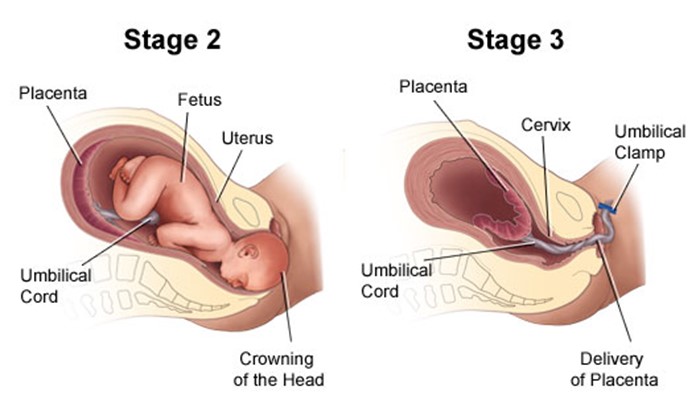Which statement should the home health nurse include during a routine home visit for a client who was discharged home with a suprapubic catheter?
Measure urine output daily.
Observe urine color and clarity.
Inspect genital area for signs of infection.
Palpate flank area for tenderness.
The Correct Answer is C
Choice A: Measuring urine output daily is not a specific statement for the nurse to include, as this is a general recommendation for all clients with urinary catheters and does not address the potential complications of a suprapubic catheter. This is a distractor choice.
Choice B: Observing urine color and clarity is not a relevant statement for the nurse to include, as this does not reflect the condition of the suprapubic catheter or its insertion site. This is another distractor choice.
Choice C: Inspecting genital area for signs of infection is an important statement for the nurse to include, as this can help detect and prevent urinary tract infection, peritonitis, or abscess formation, which are common risks associated with suprapubic catheters. Therefore, this is the correct choice.
Choice D: Palpating flank area for tenderness is not a necessary statement for the nurse to include, as this is not an accurate or reliable method to assess for kidney function or damage, which are unlikely to occur with a suprapubic catheter. This is another distractor choice.
Nursing Test Bank
Naxlex Comprehensive Predictor Exams
Related Questions
Correct Answer is C
Explanation
Choice A reason: Providing pain medication to increase the client's tolerance of labor pains is not a specific intervention for the second stage of labor. Pain medication is a drug that relieves pain by blocking pain signals or reducing inflammation. Pain medication can be given during any stage of labor, depending on the client's preference and condition. However, pain medication may have side effects such as sedation, nausea, or respiratory depression, and may affect the fetal heart rate or the progress of labor.
Choice B reason: Assessing the fetal heart rate and pattern for signs of fetal distress is not a particular intervention for the second stage of labor. Fetal heart rate and pattern are indicators of fetal well-being and oxygenation. Fetal heart rate and pattern should be monitored throughout labor, especially during contractions, to detect any abnormalities or complications such as bradycardia, tachycardia, or decelerations.
Choice D reason: Monitoring effects of oxytocin administration to help achieve cervical dilation is not a relevant intervention for the second stage of labor. Oxytocin is a hormone that stimulates uterine contractions and cervical dilation. Oxytocin can be administered during labor to augment or induce labor, especially if there is prolonged or dysfunctional labor. However, oxytocin is not needed in the second stage of labor, when the cervix is already fully dilated and the focus is on pushing and delivering the baby.

Correct Answer is A
Explanation
The correct answer is A:
Choice A reason: Review the need for the UAP to wear a face mask while in close contact with the client. Influenza is a respiratory virus that spreads mainly by droplets made when people with flu cough, sneeze or talk.A face mask can help block the spread of these droplets.
Choice B reason:Reminding the UAP to apply a fitted respirator mask before entering the client’s room is not necessary for standard influenza precautions.Respirator masks are more commonly used for airborne precautions, such as tuberculosis or measles, not for influenza.
Choice C reason:Assigning the UAP to provide care for another client and assuming full care of the client is not indicated unless the UAP is not following proper infection control procedures.There is no evidence of that in the scenario provided.
Choice D reason:Instructing the UAP to notify the nurse of any changes in the client’s respiratory status is important, but it is not the immediate action related to infection control.The priority is to prevent the spread of infection.
Whether you are a student looking to ace your exams or a practicing nurse seeking to enhance your expertise , our nursing education contents will empower you with the confidence and competence to make a difference in the lives of patients and become a respected leader in the healthcare field.
Visit Naxlex, invest in your future and unlock endless possibilities with our unparalleled nursing education contents today
Report Wrong Answer on the Current Question
Do you disagree with the answer? If yes, what is your expected answer? Explain.
Kindly be descriptive with the issue you are facing.
